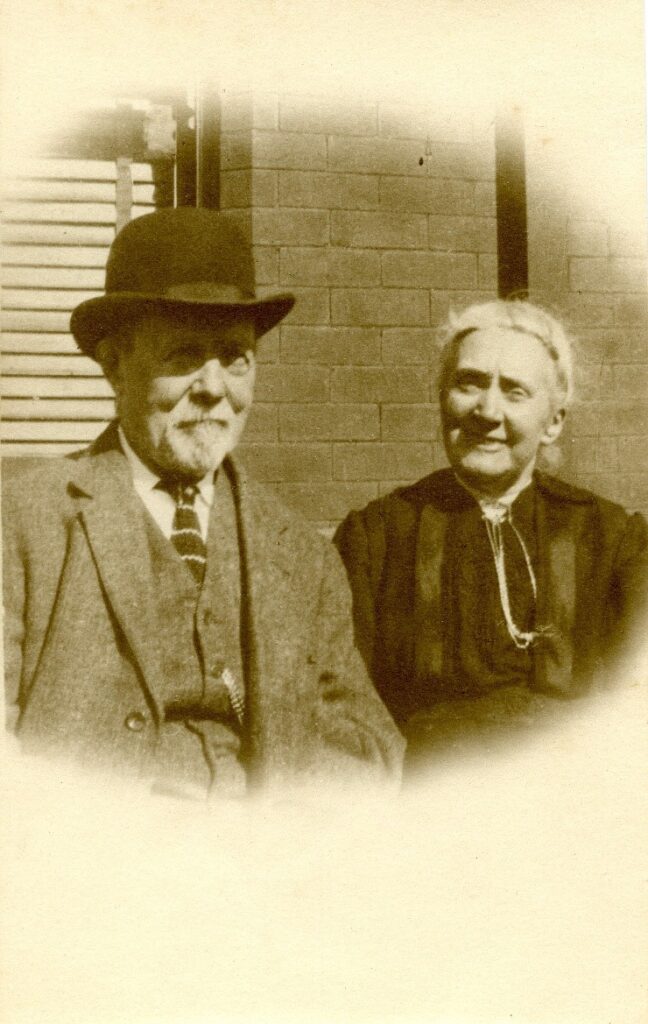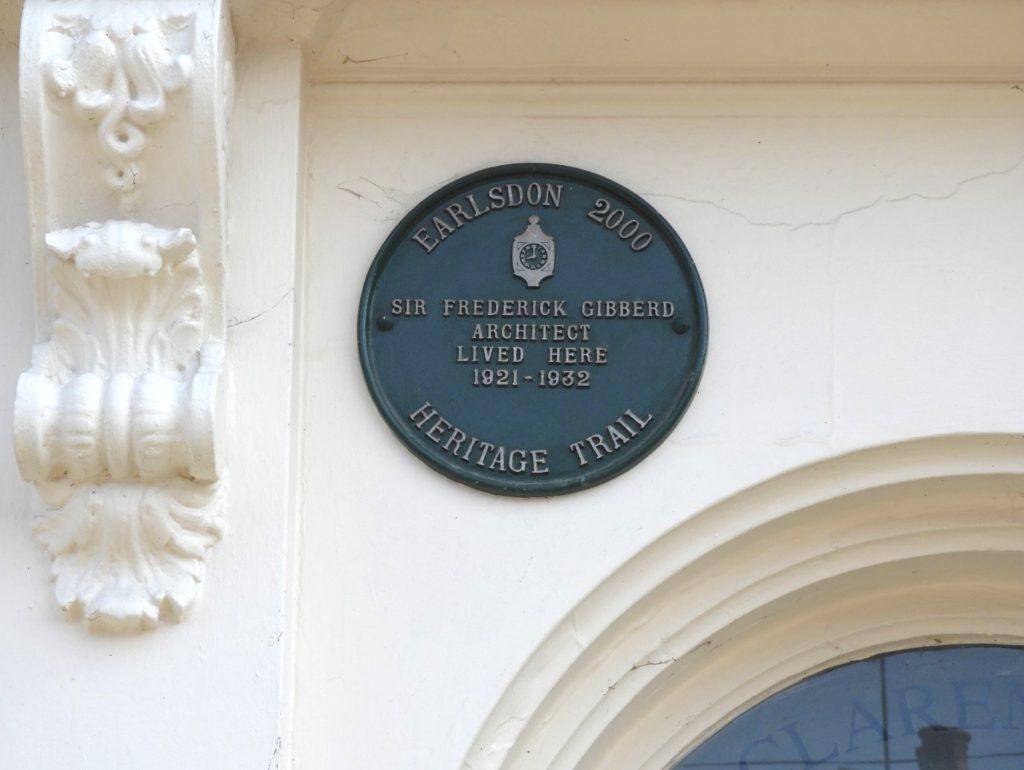CovSoc member, David Porter, remarks on some coincidences concerning a number of architects with Earlsdon connections. David writes…..
Earlier in the year, I attended my first meeting of the Coventry Society held in the hall at the Warwick Road United Reform Church. In addition to wanting to learn more about recent developments involving the two remaining city wall gates, I was also interested in taking a closer look at the church itself and so I took the advantage of the opportunity presented by the impromptu fire drill during the proceedings to admire the symmetry of the façade with its cupola-topped towers, which I had recently learned was designed in the late 1880s by architects George and Isaac Steane.

Isaac Steane’s name first came to my knowledge when I learned of him living at 85 Moor Street in a house known as Moor Cottage, which was built in 1890 at around the same time as the church above. Born in 1843, Isaac clearly demonstrated a degree of precocity as the 1861 Census shows that he was already working as an architect at the time. Indeed, an item in the Coventry Herald records that ‘at an early age’ Isaac joined the office of James Murray and went with him to London to work in the office of Edward Pugin, who together with his brothers was responsible for the design of many churches in the Victorian Gothic style. Upon qualifying, Isaac then went on to join Alfred Waterhouse, one of the most noted architects of the day, where he was involved in a number of prestigious projects including the Natural History Museum.

For his part, George was a near neighbour of Isaac’s living literally just a few yards away in Westwood House at 17 Clarendon Street, as shown in the 1891 Census. He too was engaged in significant architectural projects from an early age, and it is striking that aged only 24 he was given the responsibility of carrying out major remedial works at St Mary Magdalene’s Church in Wyken, Coventry’s oldest surviving building.
From their practice at 22 Little Park Street, the brothers were responsible for designing a number of other churches in the area such as Queens Road Baptist Church and also Abbey Hill Church in Kenilworth, as well as in more secular vein and much closer to home the first Earlsdon School building.

Interesting and important though all of this is, what I find particularly remarkable is a number of coincidences involving another architect associated with Earlsdon namely the eminent Sir Frederick Gibberd, who gained national recognition for projects which included creating the master plan for the new town of Harlow after the Second World War as well as designing the Roman Catholic Cathedral in Liverpool.
The first such coincidence concerns the fact that in 1911 Frederick was living at 58 Albany Road, but thereafter he moved with his family to Clarendon House, which adjoins Westwood House where architect George Steane had previously lived. The second coincidence is related to Frederick’s early education, which he received under the tutelage of two young sisters called Catherine and Millicent. Between 1905 and 1953, they ran a preparatory school which Frederick attended before later joining King Henry VIII School. The school was housed in Moor Cottage, and Frederick’s teachers were the daughters of Isaac Steane.
Implausible as it might be to posit that these early experiences might somehow have helped steer the young boy towards a career in architecture — Frederick was only a few months old when Isaac Steane died in 1908, and he was still only five years old when George Steane died in 1914 at his home on Friar’s Road — it is nonetheless still tempting to speculate that there might have been a connection here!
On stronger ground, Gibberd himself suggested that one early event which led to his initial consideration of architecture was a dispute at the family home between his father and a builder over the construction of a billiard room, as set out more fully on the following Coventry Society page: https://www.coventrysociety.org.uk/2019/01/14/sir-frederick-gibberd-architect-1908-1984/.

As a final point, while Isaac’s daughters were all teachers, George’s eldest son George Arthur Steane decided to pursue a very different path to become – what else? – an architect, working in his practice at 5 Queen Victoria Road until his death in 1957 almost exactly a century after his father and his uncle had first entered the profession.
With thanks for initial thoughts about the work of the Steane brothers to Robert Davies, BA (Hons), MA (RCA), RIBA, SCA, AABC
